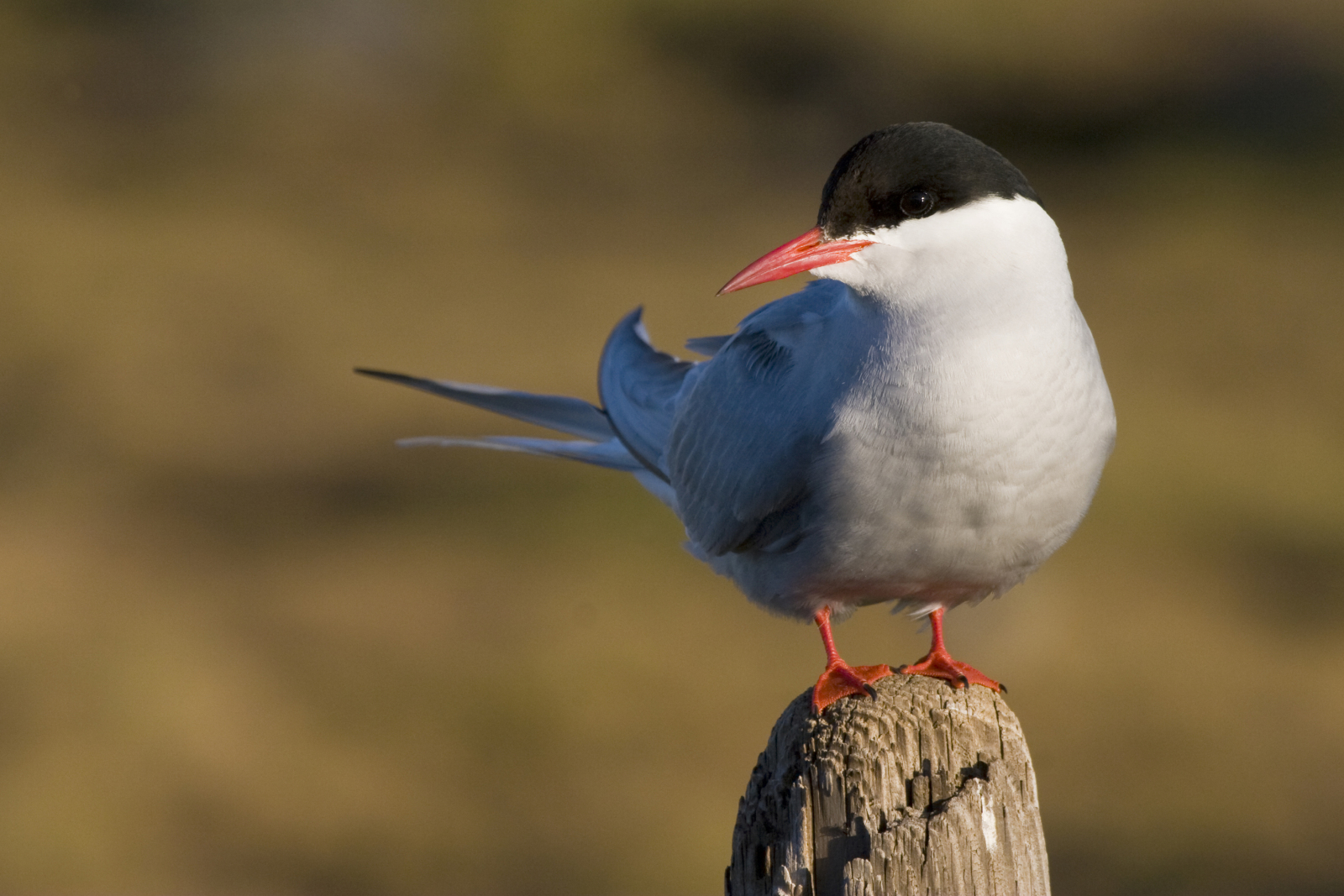Champion migrant
Interview with
Arctic terns are global champions flying from the South Pole to the North Pole and back every year. Perhaps they could give Father Christmas a hand delivering all those presents?
Find out more
The Arctic Tern Migration Project

Richard - The arctic tern is a small seabird, weighs something like 100-120g, and it breeds all throughout the North Atlantic on little islands off and occasionally on main lands.
For such a small species they travel vast distances. They make the longest migration of any animal on the planet, all the way from the north to the south pole and back again.
So in total, during the non-breeding period arctic terns travel upwards of 80 thousand km per year.
Essentially the arctic tern tracks and endless summer exploiting the productive waters around the breeding colony in the northern summer and then moving down into the Antarctic for the summer there to exploit the high krill abundance.
We track them using geolocators which are little loggers than you put on the bird's leg that record light and from them you can derive the time of sunset and sunrise and suing astronomical algorithms you can derive latitude from day length and longitude form the time of local noon.
Although arctic terns don't interact with any major fisheries the problems they face are probably those due to natural reductions in food supply as a result of global warming.
For example there's been a decadal decline in Antarctic krill abundance and that has almost certainly had knock on effects on the terns.
So far their breeding populations seem to be stable but with continuing krill decline means we don't know what's going to happen in the future.
Arctic terns are not unique in terms of being trans hemispheric migrants, there are a few other sea birds that follow similar sorts of routes although they don't tend to go as far south as the arctic terns. But also these routes, interestingly enough, are also those that the clippers ships used during the great trading days of the nineteenth century.
- Previous Sirens of the sea
- Next Fastest claws in town









Comments
Add a comment